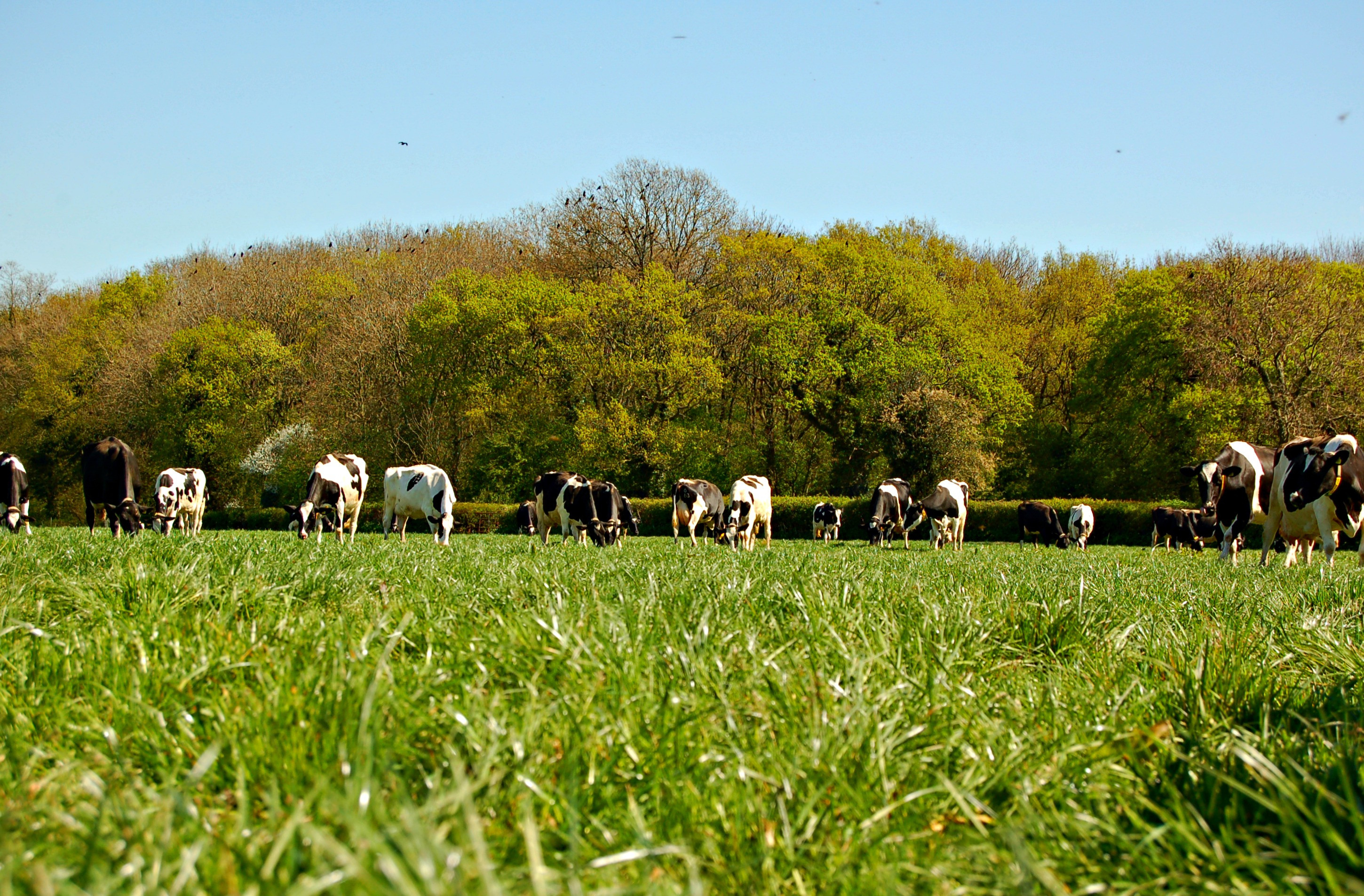Cogent's Grazing and Coloured Breeds Product Manager, Will Astley, explains the how to get the best results when using sexed semen in block calving herds.
Regardless of the system in place every farm has a simple goal with fertility management to get each cow in calf to the minimum number of services possible. This is of particular emphasis with block calving systems where we want as many animals as possible calving at the start of the block. With calving periods now as low as nine weeks it is imperative fertility performance is maximised. Therefore, using sexed semen to breed heifer replacements is a talking point, with many farmers worried about compromising fertility performance through its use. However, for the large volume of farmers that have moved in that direction many have achieved equal performance if not bettered it through the use of sexed semen.
There are three main reasons for the successful use of sexed semen in grazing herds, these are selection, technology, and time. Beginning with selection, this is potentially the most important pre-requisite to fertility performance with sexed semen. Selecting the right animals for service to sexed is crucial for success, maximising conception rates without compromising on genetic gain. The first step is to select your highest genetic merit animals for service to sexed, this can be difficult without data and in this situation the best thing to do is pick the youngest animals to serve to sexed, with the assumption they will be the source of the newest most advanced genetics in the herd. However, with more data we can make more informed decisions.

Milk recording is a great tool to use, and with this we can look at the animals that produce the largest amount of milk solids over the course of a lactation, this is simple to analyse but gives a good base as to which animals are performing best within the herd. As well as milk recording, previous fertility performance can also be used effectively. For animals which have been served three or four times the previous lactation before conception it makes sense to serve it to beef rather than risking fertility performance. These two measures are represented in table 1 which shows the added value data driven decisions can bring to a block calving herd.

Selecting by performance is a great starting point and we would suggest selecting the top 40% of the milking herd as a starting point based on solids and fertility performance. After this, we need to consider a couple of other variables before compiling a final list. Any animal that falls into the below categories should also be removed:
- High Somatic Cell Count
- Hard calving this year
- Retained placenta
- Mastitis case
- Metritis
- Ketosis
- Fourth lactation or above
Removing these animals will ensure maximum fertility performance from the top performing animals selected from the data. Using sexed on these selected animals during the first three weeks of service will ensure there are still enough replacements from the maiden heifers and milking portion served to sexed while using Cogent Beef Impact on the remainder will ensure maximum conception rate through the remainder of the herd.
The second reason for success is technology. This comes in the form of Cogent’s industry leading sexed semen, Ultraplus. Ultraplus ensures maximum heifer numbers without compromising on fertility performance. Ultraplus is the latest development to come from STGenetics and offers a 3% lift in conception rate on the previous technology SexedUltra4M. Ultraplus High Purity builds on this further by guaranteeing 96-97% gender purity, minimising bull calf numbers further while maximising conception rates.
The third and final reason is time. Time is vitally important when we consider fertility performance, this does not necessarily mean time of AI but the time you or your technician take over serving cows. We always have other things to get done in the day but taking an extra five minutes when serving with Ultraplus will ensure you maintain good conception rates. Ensuring the semen is handled correctly will result in more live cells inside the cow and ultimately a high likelihood of pregnancy. So, taking the time to thaw the semen correctly (37 degrees for 40 seconds) along with warming the AI gun and only preparing one straw at a time will ensure success. This may even mean you need a second person preparing the straws while you serve, but a little time spent here will result in better conception within the service window.
